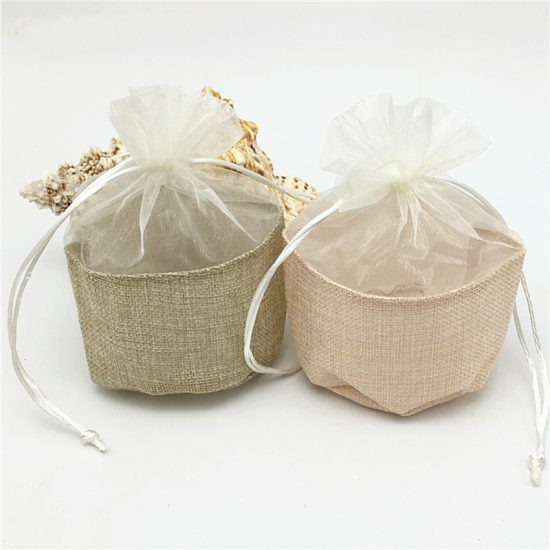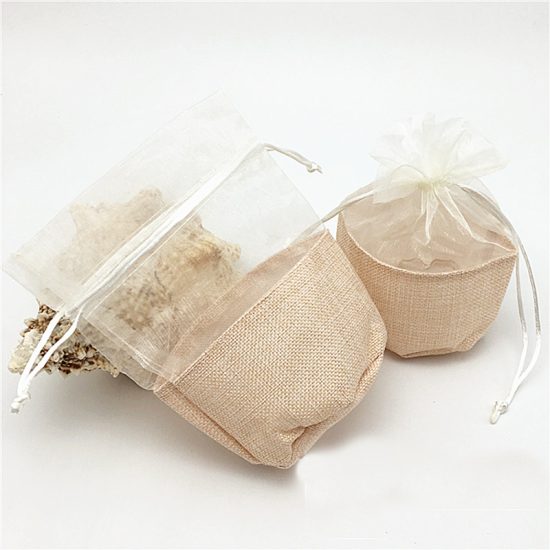In an age where modern packaging materials dominate the market, jute sacks emerge as a reminder of a timeless packaging solution deeply rooted in history. The journey of jute sacks transcends centuries, reflecting a sustainable and versatile option that has stood the test of time. Join us as we delve into the historical perspective of jute sacks and discover how this unassuming material continues to leave an indelible mark on the world of packaging.
1. Origins and Ancient Use: The history of jute sacks dates back to ancient civilizations. Traders and merchants in regions like India and Bangladesh recognized the durability and resilience of jute fibers. These fibers were skillfully woven into sacks, facilitating the storage and transportation of goods, from spices to grains. The versatility of jute made it an invaluable asset for early commerce and trade routes.
2. Colonial Era and Industrial Revolution: The colonial era witnessed the expansion of jute sack usage. With the advent of the Industrial Revolution, jute production underwent transformational growth, leading to mechanized processes and increased availability. Jute sacks became synonymous with agricultural storage and transportation, symbolizing progress in packaging practices.
3. World Wars and Utility: The significance of jute sacks became even more pronounced during times of conflict. World Wars I and II saw jute sacks play a vital role as military sandbags, effectively reinforcing defense structures and providing protection against artillery. This adaptation showcased the material’s unparalleled strength and resilience.
4. Sustainability and Modern Resurgence: As environmental concerns gained prominence, the spotlight turned to sustainable packaging alternatives. Jute sacks, with their biodegradable nature, resurfaced as an eco-friendly solution in stark contrast to plastic packaging. This revival not only resonated with consumers but also emphasized the historical durability of jute as a packaging material.
5. Jute’s Revitalization in Contemporary Times: In recent years, jute sacks have regained attention across industries. From agriculture to interior design, jute’s natural aesthetic and versatility have spurred creative applications. Jute sacks have transcended their traditional role, finding new life as shopping bags, upholstery, and decorative elements, once again proving their timeless appeal.
6. A Symbol of Sustainability: Jute sacks have evolved from a practical necessity to a symbol of sustainability. Their historical journey aligns with the modern world’s aspiration to reduce plastic waste and embrace biodegradable materials. As we look back, we find inspiration in the resilience of jute sacks, a legacy that continues to inspire environmentally conscious practices.
7. Preserving Tradition and Heritage: The historical significance of jute sacks extends beyond their utilitarian value. They embody the craftsmanship, culture, and traditions of the regions where they originated. By utilizing jute sacks, we honor the heritage of communities that have relied on this material for generations.
8. Bridging the Past and the Future: Jute sacks stand as a bridge between the past and the future, connecting ancient wisdom with modern innovation. As we recognize the historical perspective of jute sacks, we also embrace their potential to shape a more sustainable future, proving that the lessons of history can guide our path towards responsible packaging practices.
In conclusion, the story of jute sacks is a testament to their enduring legacy and the lessons they offer us. From their humble beginnings in ancient trade to their resurgence as a symbol of sustainable packaging, jute sacks embody a harmonious blend of history, utility, and ecological consciousness. As we continue to explore innovative solutions, jute sacks remind us that sometimes the most enduring answers can be found in the annals of time.


